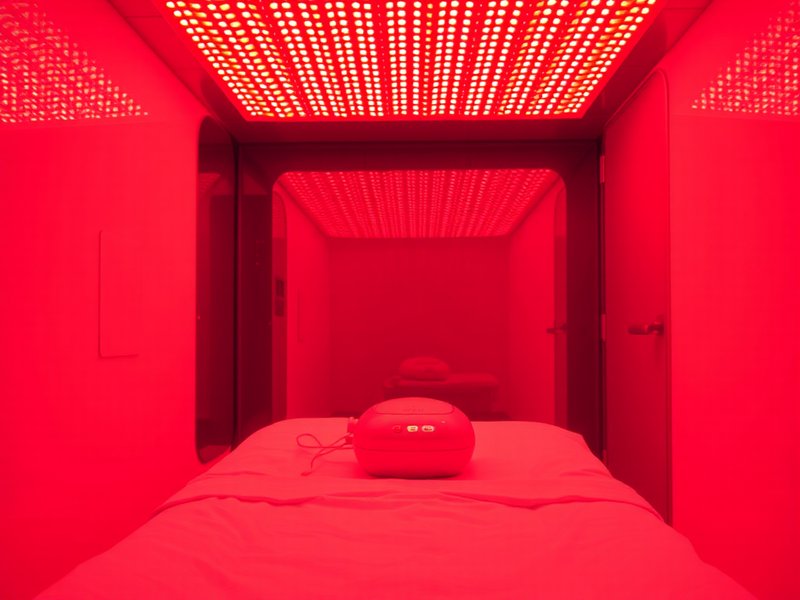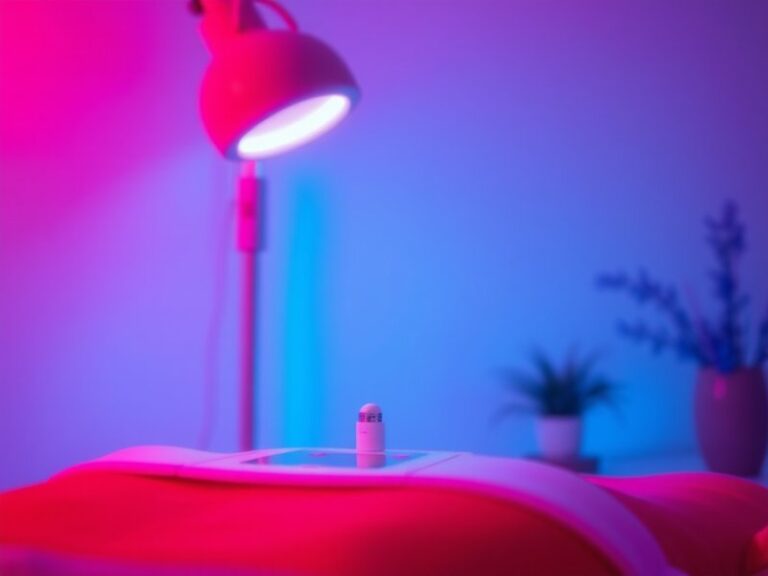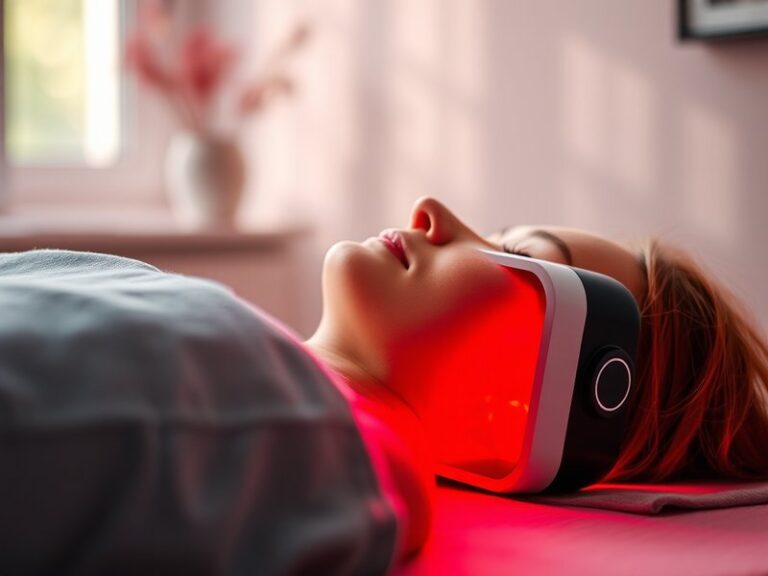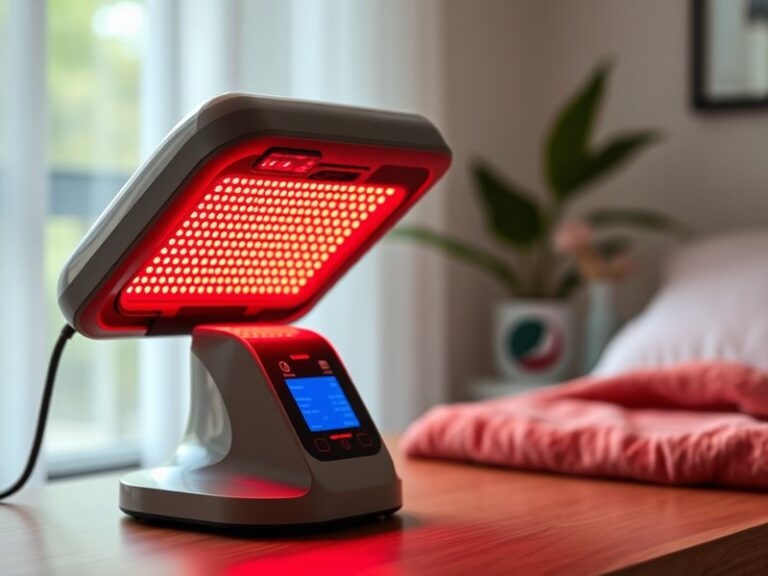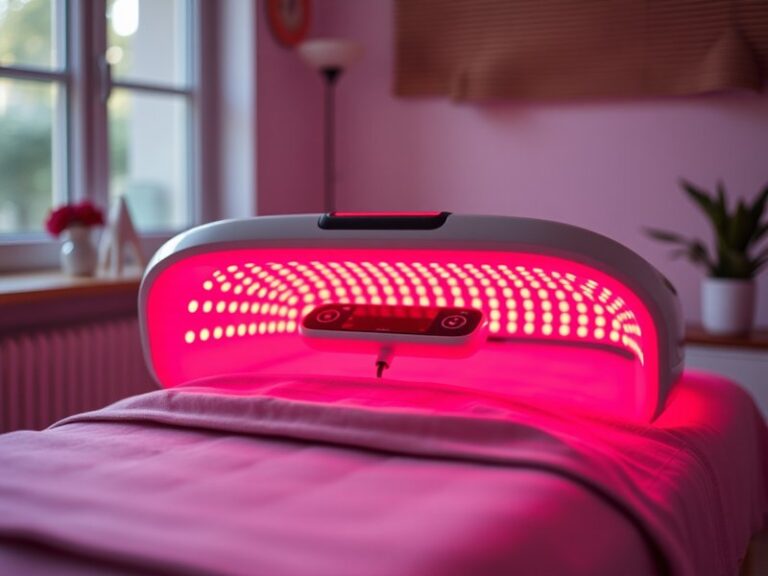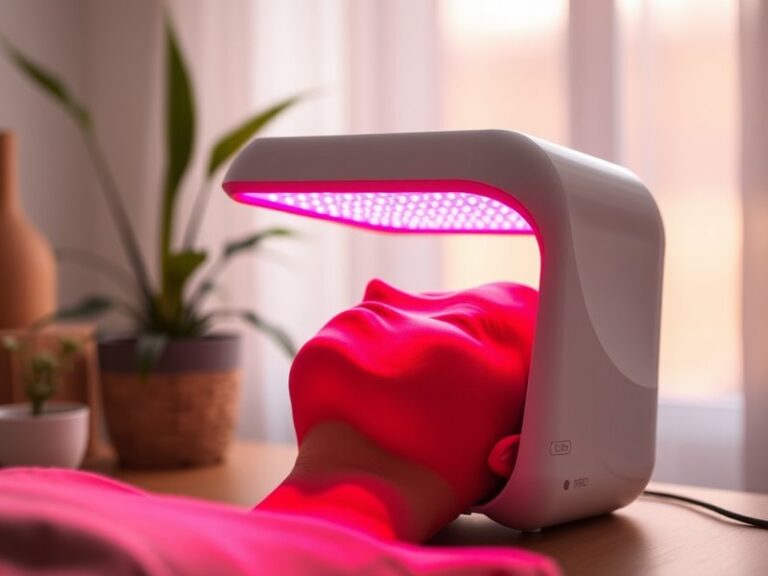What Is A Red Light Therapy Room?
What Is A Red Light Therapy Room?
Have you ever found yourself curious about alternative wellness methods and came across the term “red light therapy room”?
In this article, we’ll explore what a red light therapy room entails, the benefits of its use, important considerations to keep in mind, and the alternatives available. By the end, you’ll have a comprehensive understanding of this innovative wellness approach.
Key Takeaways
- Red light therapy rooms utilize low-level wavelengths of light to promote healing and rejuvenation.
- Benefits include enhanced skin health, pain relief, and improved mood and energy levels.
- Considerations include skin type, duration of treatment, and potential alternatives like infrared saunas or LED masks.
What is a Red Light Therapy Room?
A red light therapy room is a designated space where individuals can receive treatments using light-emitting diodes (LEDs) that emit specific wavelengths of red and near-infrared light. These wavelengths penetrate the skin and are believed to stimulate cellular processes, promoting healing, rejuvenation, and various health benefits.
The concept of red light therapy originated from research in the late 20th century, where studies showed that certain wavelengths of light could trigger photobiomodulation—an instrumental process in cell function that can accelerate healing, reduce inflammation, and support overall wellness. Today, these specialized therapy rooms can be found in wellness centers, spas, and clinics.
For optimal treatment, red light therapy rooms are typically equipped with panels that emit concentrated light over a designated area, allowing users to expose specific body parts for predetermined durations.
What are the Benefits of a Red Light Therapy Room?
The benefits of red light therapy are widely discussed in wellness communities, and they offer various advantages for both physical and mental health.
Enhanced Skin Health
Red light therapy is often celebrated for its potential to improve skin tone and texture. Studies have indicated that this therapy may stimulate collagen production, reduce wrinkles, and treat conditions like acne and psoriasis. Many users report visible improvements in their skin after regular treatments.
Pain Relief
Individuals suffering from chronic pain conditions may find relief through red light therapy. The therapy can help reduce inflammation and promote healing in damaged tissues, making it a popular choice for those with arthritis or sports injuries. Numerous anecdotal reports suggest that regular sessions can lead to significant pain reduction.
Improved Mood and Energy Levels
Engaging in red light therapy can positively influence mood and energy. Exposure to red light is thought to enhance the production of ATP (adenosine triphosphate), the energy currency in our cells. This boost in cellular energy can lead to increased vitality and reduced symptoms of fatigue or depressive moods.
Reduced Inflammation
Red light therapy has been shown to help decrease inflammation in various studies. The gentle light can penetrate to deeper layers of the skin and promote the activity of cells responsible for healing tissues, which can be beneficial for those recovering from injuries.
Is it Possible to Create Your Own Red Light Therapy Room?
Creating a personal red light therapy room at home is entirely feasible and can be a practical option for those who wish to enjoy the benefits regularly. Some considerations include the following:
What are the Advantages of Creating Your Own Red Light Therapy Room?
Having a personalized space allows for convenience and flexibility in your schedule. Additionally, investing in red light therapy equipment for home use can lead to cost savings in the long run compared to frequent therapy sessions at wellness centers.
What are the Disadvantages of Creating Your Own Red Light Therapy Room?
Self-administering treatments may pose challenges related to proper usage and safety. Understanding appropriate wavelengths, duration, and intensity is critical to avoid underwhelm or overexposure, which could result in negligible results or skin irritation.
What are the Things to Consider Before Creating Your Own Red Light Therapy Room?
Before embarking on creating your own red light therapy setup, ensure you consider these factors:
Equipment Quality
Invest in high-quality, clinically-tested devices that emit the correct wavelengths for effective therapy. Research reputable brands and customer reviews to guide your purchasing decisions.
Space and Ambiance
Choose a quiet and comfortable space in your home where you can relax during treatments. Consider factors such as privacy, lighting, and seating to enhance your experience.
Dive deeper into Red Light Therapy Frequency
Commitment to Regular Use
To reap the full benefits, a commitment to regular sessions is essential. Establish a consistent schedule that works with your lifestyle to integrate therapy into your daily routine.
What are the Alternatives to Red Light Therapy?
While red light therapy is effective, several alternatives can yield similar benefits.
Infrared Saunas
Infrared saunas use heat to penetrate the skin, providing relaxation, detoxification, and potential pain relief. The warmth can soothe muscles and improve circulation.
LED Beauty Masks
LED masks utilize a combination of red, blue, and green light to target various skin concerns at home. They can improve skin tone, reduce acne, and enhance overall vitality.
Cold Laser Therapy
Cold laser therapy, or low-level laser therapy, uses low-intensity lasers to stimulate healing, reduce inflammation, and treat pain. Like red light therapy, it is non-invasive and promotes cellular regeneration.
Conclusion: Is it Recommended to Create Your Own Red Light Therapy Room?
Creating your own red light therapy room can be a rewarding and beneficial addition to your wellness routine. However, it’s essential to weigh the advantages and disadvantages effectively. With the right equipment, space, and commitment, you can unlock numerous health benefits and enjoy the convenience of therapy in your own home.
Frequently Asked Questions
What should I expect during a red light therapy session?
During a session, you will be exposed to red light for a specified duration, typically between 10 to 30 minutes. Most individuals report a comfortable experience, with some noticing increased warmth in the treated area.
How often should I use red light therapy for optimum results?
For general wellness and skin improvement, 2-3 sessions per week are recommended. However, specific conditions may require more frequent treatments—always consult with a health professional for personalized advice.
Find out the specifics in Insurance Coverage for Red Light Therapy?
Is there anyone who should avoid red light therapy?
Individuals with specific conditions, such as photosensitivity or certain skin disorders, should consult with a healthcare provider before beginning therapy. Pregnant women and those taking medications that increase photosensitivity should also exercise caution.
Can red light therapy help with hair loss?
Yes, studies suggest that red light therapy may stimulate hair growth by promoting circulation and mitochondrial activity in hair follicles, making it a potential treatment for conditions like androgenetic alopecia.
Are there any side effects associated with red light therapy?
Red light therapy is generally considered safe, with minimal side effects. Some users may experience mild skin irritation or warmth post-treatment, but these symptoms are typically temporary.
